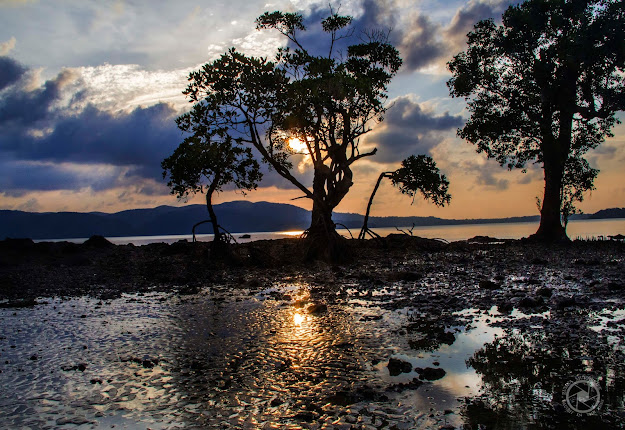The draft EIA notification of 2020: India's ticket to environmental and ecological decimation.
Picture Courtesy: Rumna Mukherjee
The present pandemic
ridden world obliterating countless lives every second serves as a Herculean reality
check, reminding us of nature’s backlash to years and years of ruthless ravaging
and destruction of ecosystems, biodiversity, and the planet. With modernizations
in governance, society, economics, and sciences, measures to mitigate and
reverse the ancestral damages; to escape the dystopian reality of a world with
no natural resources are now seemingly gaining momentum. With 2020 being a learning curve for the world to proactively adopt sustainable developmental
goals and environmental accountability by minimizing or avoiding any detrimental
effects to the surrounding natural environment, India seems to be making a more
regressive shift in approach with its recent draft EIA (Environmental Impact
Assessment) notification which if takes shape may result in irrecuperable ramifications
to the country’s biodiversity, ecosystems, and lives; a dent severe enough to
annihilate the sustenance of the future generations in the very own planet we borrowed
from them.
The inception of EIA in
India dates back to 1976, during the first tenure of Prime Minister, Indira
Gandhi, and the 4th five-year plan of the Planning Commission where
“harmonious development on the basis of a comprehensive appraisal of
environmental issues” was first regarded. Furthermore, Article 48A of India
Constitution stating: “The state shall endeavor to protect and improve the environment and to safeguard
forests and wildlife of the country” gave the center the power to overrule
state decisions in the context of forests and wildlife by transferring them
from the state list to the concurrent list. In the 1970s, with India ranking in the
top five countries in building dams, the very first environmentally conscious
decision in any developmental projects was taken by the Planning Commission and
the Department of Science and Technology in the river valley projects such as
the Bhakra Nangal, Hirakund, and Damodar valley dams.
The need for assessing
the environmental effects of any project requiring infrastructural changes to
the environment along with a sense of responsibility towards our indigenous
ecology, India’s first move towards an environmentally conscious developmental
plan was in the wake of the infamous Bhopal Gas tragedy. With the present-day
Central government eager to bring in a checklist of regressive changes to the existing
EIA norms which aim to weaken the very core of this policy, the country now
faces a looming threat of biodiversity loss, displacement of local communities
and fauna, and a probable increase in the number of industrially caused disasters
such as the recent Vishakhapatnam gas leak by L.G. polymers’ ill-maintained
storage unit of the chemical styrene and the fire at OIL’snatural gas well in the district Tinsukia, Assam.
India being a part of
various global environmental treaties and forward-thinking sustainable plans have
its own EIA draft notification sticking out like a sore thumb which aims at corroding
and dismantling the effectiveness of an already weakening institution. The
draft notification released earlier this year allows post-facto clearance of
projects which were previously functioning without a government clearance (as
seen in the case of the Vishakhapatnam gas leak in early May). The draft also states
that any violations according to the new draft should be reported either by a
government representative or a project proponent and not a citizen; an idea bizarre
to its very core. The new draft also exempts various projects which the government
deems to label as “strategic” in addition to their details not being made accessible
in the public domain.
A country endowed with immense
ecosystem services, dense forest cover and rich biodiversity, India needs to immediately
act and develop robust and draconian laws for biodiversity and ecological
conservation and future sustenance instead of attempting to use the environment
as political pawns for short terms benefits, if at all any.




Comments
Post a Comment